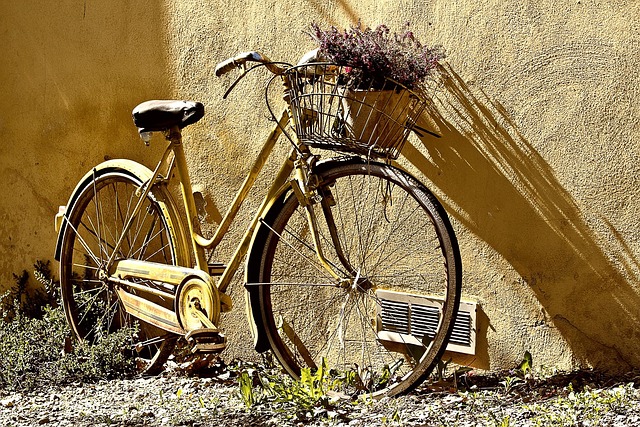As cities grapple with increasing congestion and pollution, the concept of sustainable mobility has gained traction. One of the most promising solutions is the introduction of public bikes, which not only facilitates easy transportation but also encourages a healthier lifestyle and a greener urban environment. Imagine a world where commuting doesn’t mean contributing to carbon emissions; rather, it becomes a way to promote sustainable development and reduce our overall ecological footprint.
The rise of green technologies has made public bike systems more accessible and efficient than ever. Cities worldwide are witnessing an increase in bike-sharing programs, allowing residents to access a fleet of bicycles at minimal costs. These networks not only provide an eco-friendly alternative to traditional modes of transport but also foster a sense of community as people cycle together, connecting neighborhoods like never before.
By prioritizing public bikes, we pave the way to achieving carbon neutrality. Every time a commuter chooses to bike instead of drive, they contribute to a significant reduction in greenhouse gas emissions. This behavioral shift, while seemingly small, when multiplied across a city, culminates in a substantial benefit for the environment. The impact of opting for a public bike extends beyond individual choices; it creates a cultural shift towards sustainability and efficiency.
Moreover, governments and local agencies are beginning to recognize the social and environmental benefits of investing in public bike infrastructure. From dedicated bike lanes to secure parking spaces, these enhancements not only make cycling safer but also encourage more people to adopt biking as a preferred commuting method. These investments align with broader sustainable development goals, ensuring that urban planning prioritizes green spaces and mobility solutions that are environmentally conscious.
The user experience of public bikes has also improved significantly with the incorporation of technology. Mobile apps now allow users to locate nearest bike stations, check availability, and even unlock bikes with ease. Such integration promotes seamless service, making public bikes not just a green alternative but also a convenient choice for many urban dwellers.
Ultimately, embracing public bikes as a cornerstone of sustainable mobility is about more than just transportation; it’s about redefining how we engage with our cities and our environment. It propels us toward a future where our daily commutes do not cost the earth but contribute positively to its restoration. With continued growth and innovation, public bikes represent hope in our collective efforts towards a greener future, proving that sometimes, the simplest solutions can have the most profound effects.




